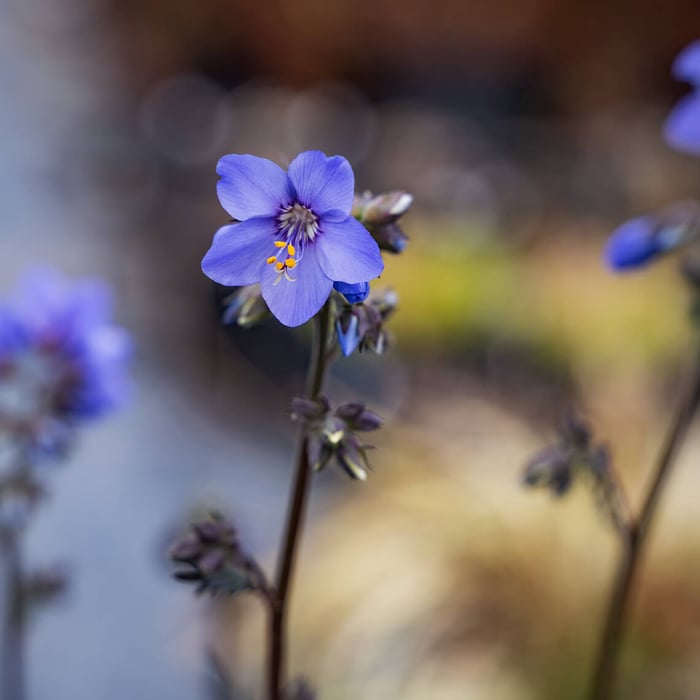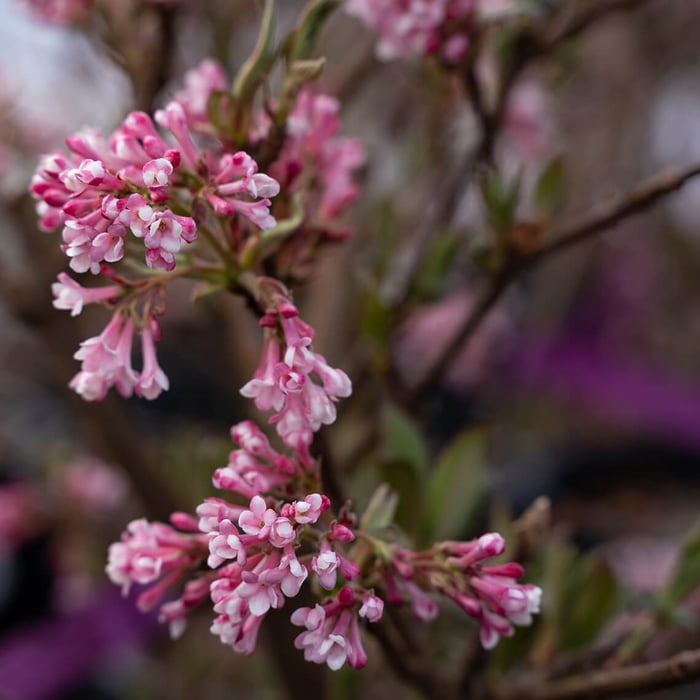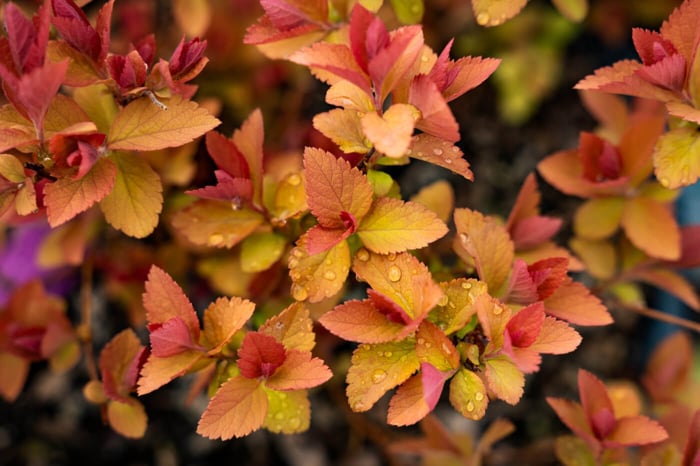Polemonium, commonly known as Jacob's Ladder, is a perennial plant that is native to Japan and Korea but has been introduced to other parts of the world, including the United States. It’s a great addition to any landscape in Utah due to its hardiness, ease of care, and beautiful flowers. There are several amazingly beautiful cultivars of Jacob’s Ladder and one of the most popular is 'Bressingham Purple'. This cultivar is known for its stunning deep purple to cobalt blue flowers that bloom in late spring to early summer—fading to an almost clear blue in warmer temperatures. It’s a fascinating plant.
'Bressingham Purple' Jacob's Ladder adds color and interest to your garden. The alluring flowers are fragrant, making them a magnet for hummingbirds and other pollinators. It will reach 13 to 24 inches tall and wide, making it perfect for borders and container plantings.
The leaves of ‘Bressingham Purple’ Jacob’s Ladder are rather unique. They’re dark green with a deep purple tint. It has odd-pinnate compound leaves, which means that it has a single terminal leaflet at the top of the structure, rather than a pair. This gives it a fern-like appearance. The leaflets resemble rungs of a ladder, hence its common name. The leaves are dark green with a deep purple tint and grow in a mound that will reach about 8 inches tall. Tall flower spikes emerge from the leaf mount and truly stand out in your garden.
Jacob's Ladder is ideally suited for Utah landscapes. It’s hardy to zone 4, so it tolerates our cold winter temperatures. It prefers full to partial shade and well-draining soil. It's surprisingly drought-tolerant once established, so you can use it in xeriscapes, but it also tolerates wet soil conditions. Jacob’s Ladder can be grown in a variety of soils, including sandy, loamy, and clay soils. Even better, it tolerates water from any source, including Utah Lake.
This beautiful plant is resistant to diseases and most pests, including deer, making it a low-maintenance choice for your garden. However, it is important to keep an eye out for slugs and snails, which can damage the leaves and flowers. To ensure your Jacob's Ladder stays healthy and attractive, mulch heavily to keep the soil consistently moist and fertilize it in the spring with a balanced fertilizer. Deadheading the spent flowers will promote more blooms throughout the growing season.








